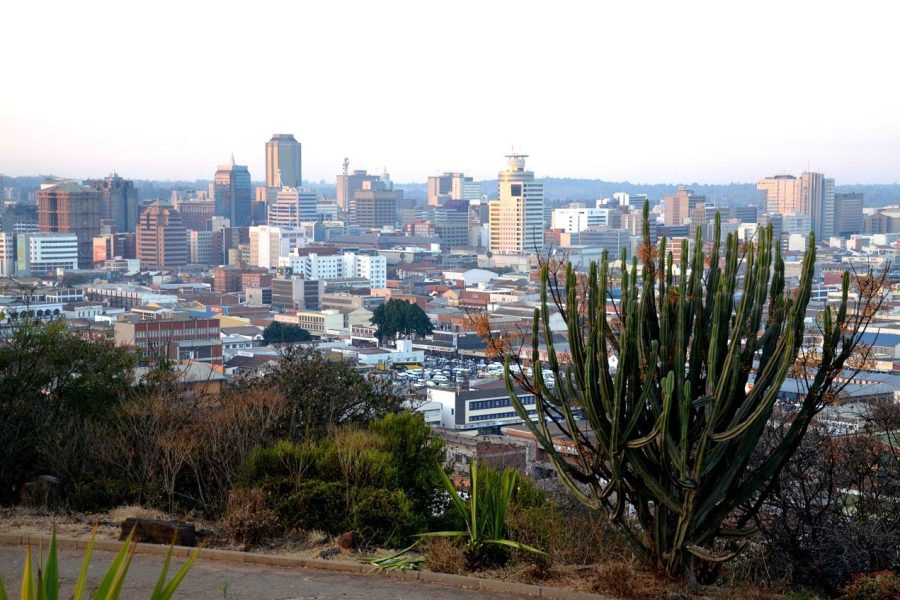The word "giant" is usually associated with ancient dinosaurs or space aliens. In the plant world, we usually imagine baobabs with huge sizes. But there are still a huge number of inhabitants of the planet, the size of which can greatly surprise us. Such monsters live not only in fantastic or imaginary worlds. They live with us in our time. This list includes the most impressive representatives of the animal world. To feel like a little crumb in this big world, you do not necessarily have to eat a mushroom, like Alice in Wonderland. It is enough to just read our selection!
Hippopotamus
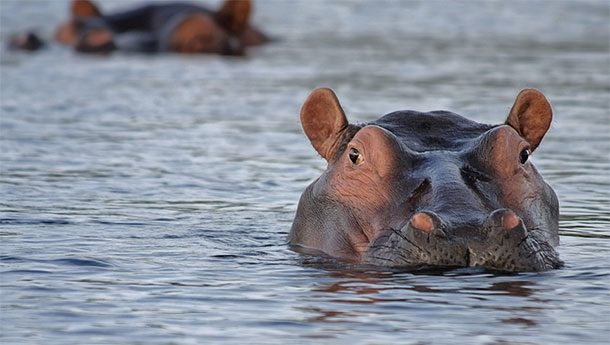
Funny, right? But these four-ton cuties are on the list of the most aggressive. According to statistics, more people die from these wonderful animals than from toothy crocodiles and sharks. Sea whales are their distant relatives. Of course, they came to land, but they do not want to say goodbye to the water. But it is better not to share a swim with such divers.
Eastern Gorilla
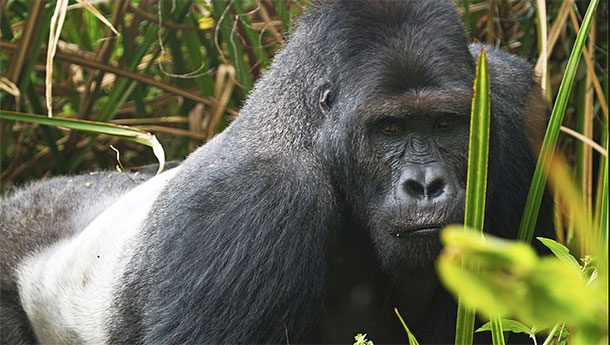
The largest of the genus of higher primates. Males sometimes reach 220 cm in height. Their intelligence is equal to that of a human, but unfortunately, this species of gorilla is on the verge of extinction. There are about 680 individuals left in the world. The cutting down of the natural habitat of these giants leaves them without a home. Well, poachers have also left their indelible mark.
The largest breed of rabbit is the Flemish

Cute and funny rabbits have always been, along with cats, symbols of fluffy creatures that you want to cuddle. And imagine a rabbit the size of an average dog! The breed of the largest rabbits in the world was bred in the Middle Ages in the Belgian expanses.
Giant squid
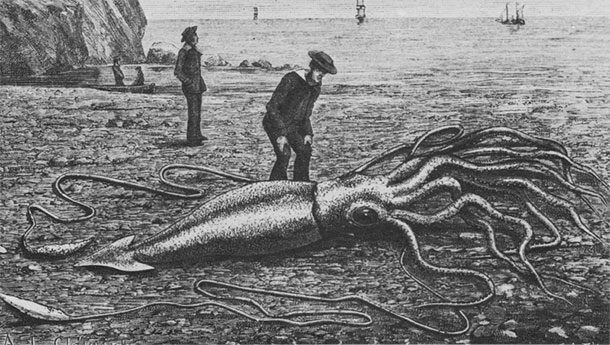
Giants also turned out to be among the squids. They lie on the bottom about a kilometer deep and it is not surprising that until 2004 they were not even caught on the lens of the ubiquitous cameras. Previously, their existence was only guessed at. These beauties left traces of suckers the size of a plate on careless sperm whales.
Manta
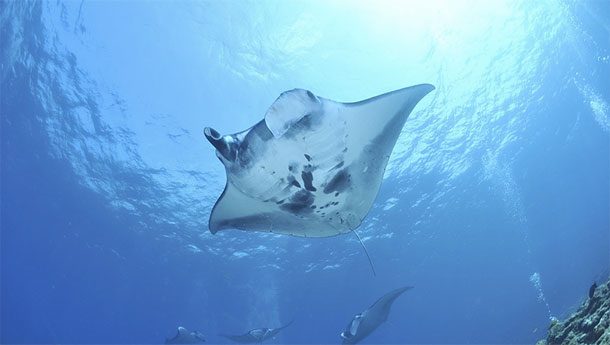
The so-called "sea devil" with a "wingspan" of about eight meters can jump out of the water for a couple of meters. However, it does this during the breeding season and in its natural habitat.
Great White Shark

The largest and most aggressive fish in the sea. The five-meter beauty's only enemies are killer whales and people. She will happily eat the rest herself. An endangered species, of which there are about three and a half thousand left in the world.
The capybara is a peaceful rodent animal
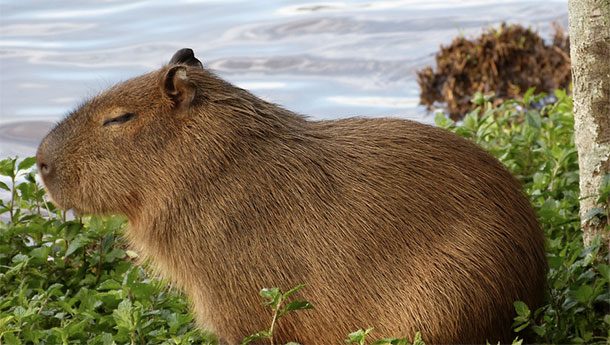
The largest representative of rodents. Externally, the inhabitant of South America looks like a guinea pig, but its body length is slightly more than a meter and its height is 30-60 centimeters. It gets along well in families as a pet. Of course, it is better to be friends with rodents than to let them gnaw your home.
Green Anaconda
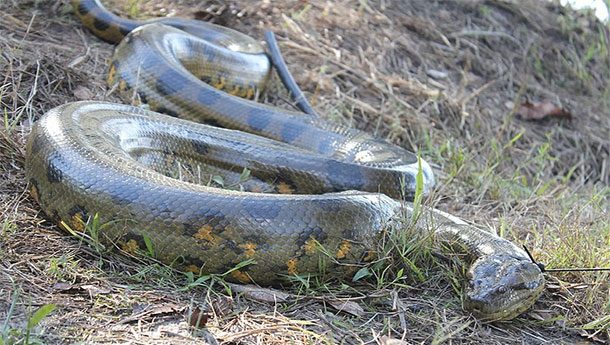
Some representatives of the largest snake in the world are eight meters long. In terms of size, only pythons can surpass it. But as for thickness, it is impossible. This hundred-kilogram carcass can swallow a person whole.
Nile perch
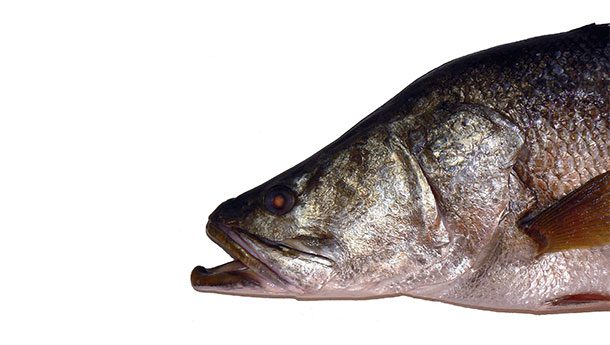
Another representative of gigantic sizes is the perch the size of a man. Despite the fact that this is a river perch and lives in the Nile River, it has grown to enormous sizes. It has even been given another name - "water elephant".
Saltwater crocodile
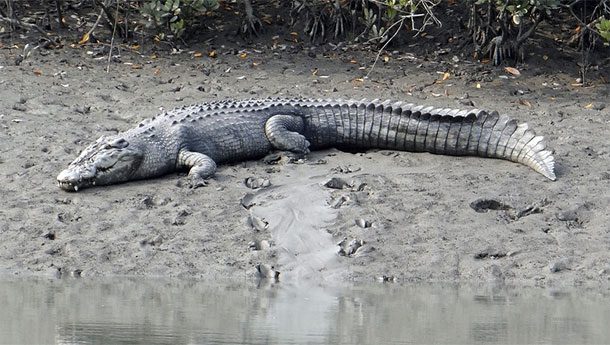
It is better not to take a bath with this seven-meter handsome fellow, the owner of double chic powerful ridges on his back. The two-ton crocodile is the largest and most aggressive species of reptiles. A native of the shores of the Indian Ocean.
Maned Acerodon
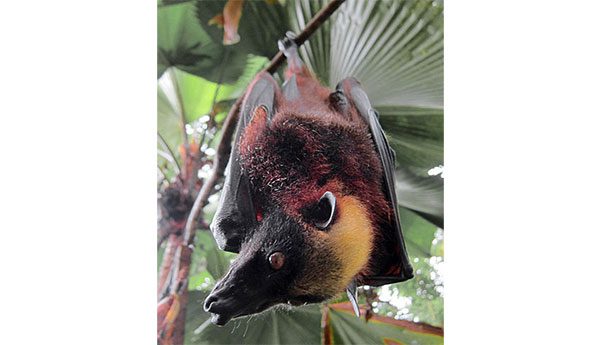
A harmless bat up to thirty centimeters long with a meter-long wingspan, which is surprisingly peaceful and feeds on fruits. For this purpose, it has chosen the Philippine archipelago. It is on the verge of extinction due to deforestation and pollution of its habitat.
Komodo dragon
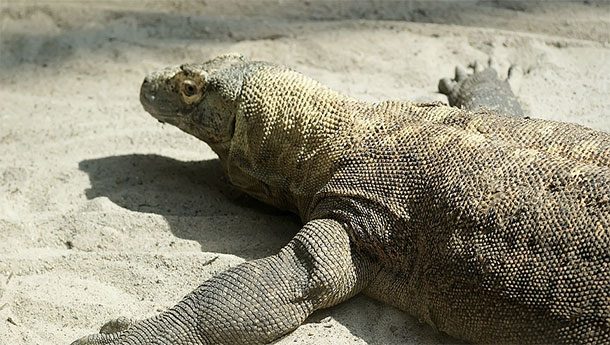
The largest lizard in the world can well be called a modern dragon. They eat only once a month due to their record-breakingly slow metabolism. But they are also voracious, not like children. In one meal, they can eat exactly as much as they weigh. And they can weigh more than 80 kilograms with a height of three meters.
Cassowary
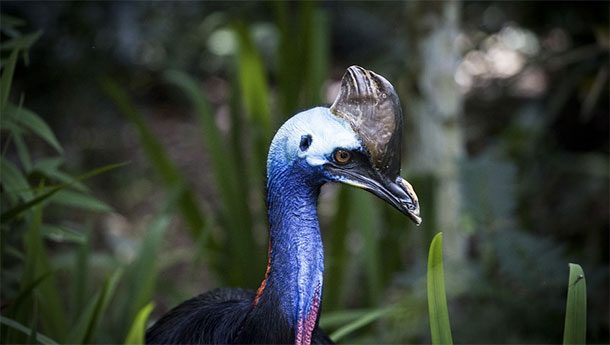
The largest and most dangerous flightless bird in the tropics. They attack only to protect their offspring, but it is better not to anger a carcass weighing 85 kg and two meters tall. And the translation of the breed sounds like "horned cow" - does not inspire confidence in such birds.
Killer Whale
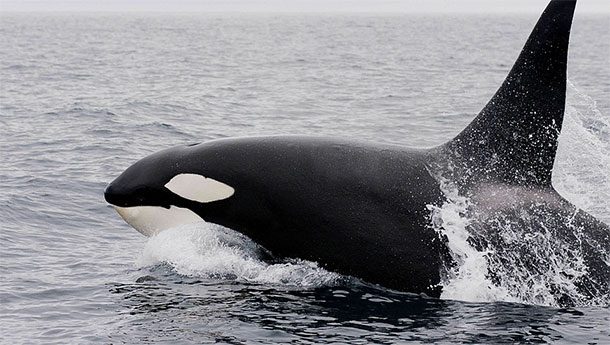
The largest representative of the dolphin family. Eight-ton beauties ply the expanses of the World Ocean, with the exception of the Black, Azov, East Siberian and Laptev Seas. Intelligent creatures, which have even been assigned a certain IQ coefficient, live in a large family. Together it is easier to survive in this world.
Sperm whale
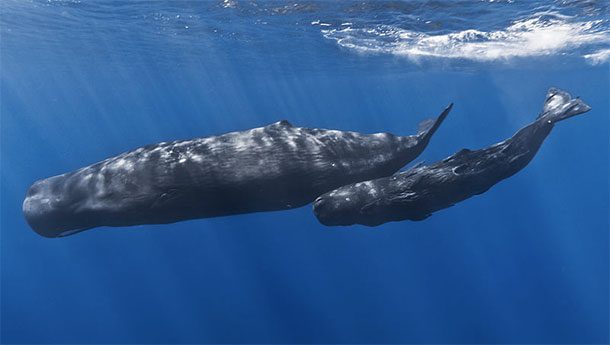
The largest toothed whale is considered the largest predator on the planet. Males weigh up to 50 tons, females - 20 tons. Sexual differences occur only when they reach fifteen meters in height. The population of these giants has sharply decreased due to whalers. Sperm whales were used to extract blubber (for fuel), spermaceti (cooled fat), and ambergris (used in perfumery as a scent fixative).
Japanese Spider Crab
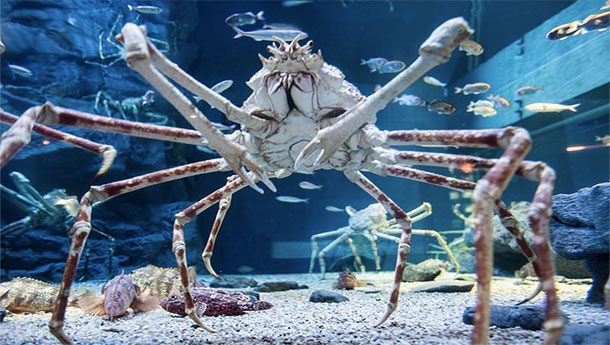
The largest representative of arthropods. Next to such a four-meter crab, you will definitely feel not only a grain of sand in this world, but also quite possible prey. But gourmets really like to use the legs of this crab as a delicacy. These long-legged creatures with a three-meter span of legs live near the shores of Japan. The most agile can live up to a hundred years.
Southern Elephant Seal
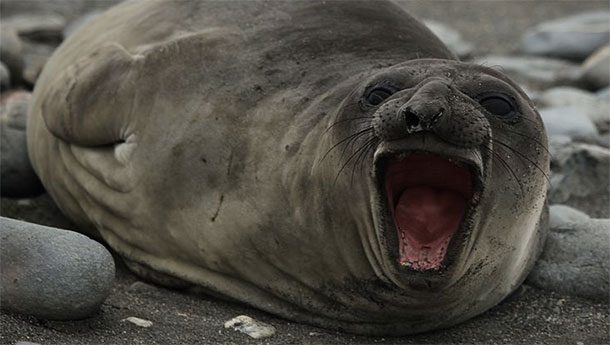
This species of mammals can reach five tons in weight. Given their size and aggressiveness, they are quite likely to be included in the list of carnivorous giants that live on land.
Dalmatian Pelican
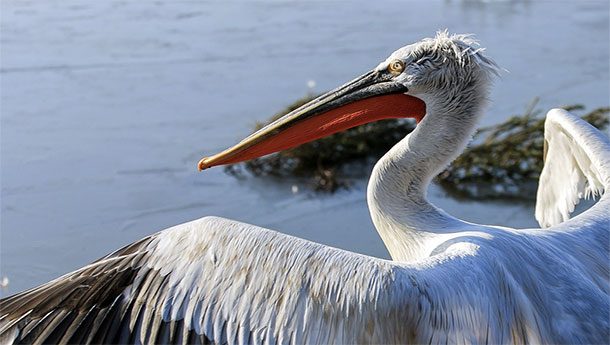
This species of pelican is the largest flying bird. It lives on the territory of the Eurasian continent. The body length of these birds is about 180 centimeters. The wingspan is more than three meters. Despite such dimensions, their owner can soar in the air with the ease of a snowflake.
Ostrich
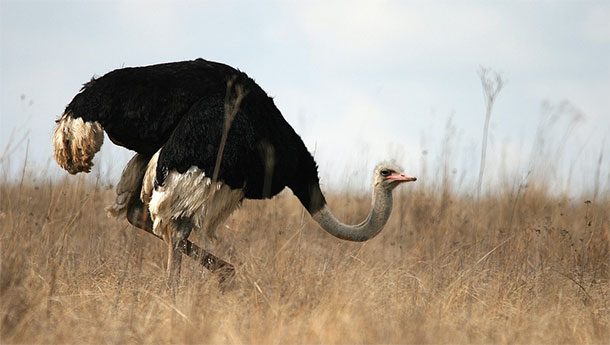
The hero of many funny and comical pictures in life is actually a very aggressive bird. Although it is not flying, its legs allow it to accelerate to 70 km/h. So among bipeds and non-flying ones it is a champion in the speed of the run.
Giraffe
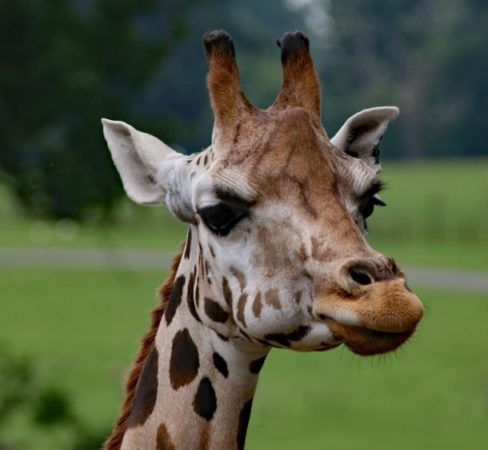
Six-meter cute creatures weighing up to 1200 kg, despite their gentle nature, can stand up for their safety by running fast. They can even wipe the nose of predators, such as a lion. It is considered the tallest mammal on the planet.
Moonfish
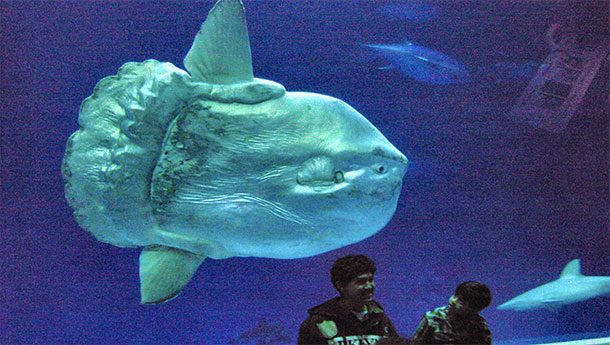
The sunfish is the largest of all bony fish. It lives in the ocean. On average, it is 1.8 meters long, and the height between the fins can reach 2.5 meters. They achieve such impressive sizes because, in addition to the bony skeleton, they have a lot of cartilaginous tissue, which reduces the weight of such dimensions. These giants have the ability to change color when they are in danger.
Chinese giant salamander
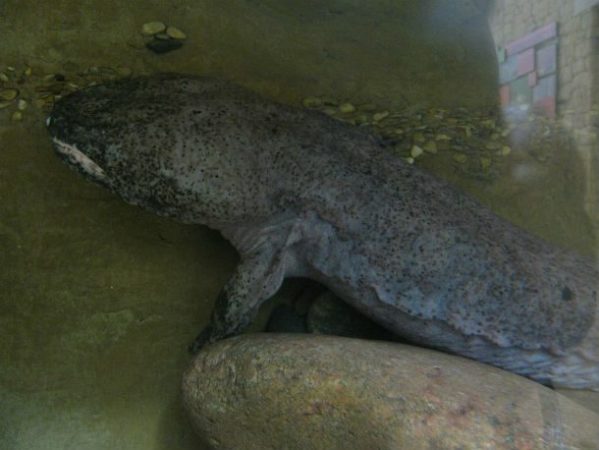
An inhabitant of the cleanest and coldest water bodies, with a height of 180 cm and a weight of about 70 kg. But Chinese medicine has brought this giant lady to the brink of extinction by using her internal organs for its own purposes.
Polar bear
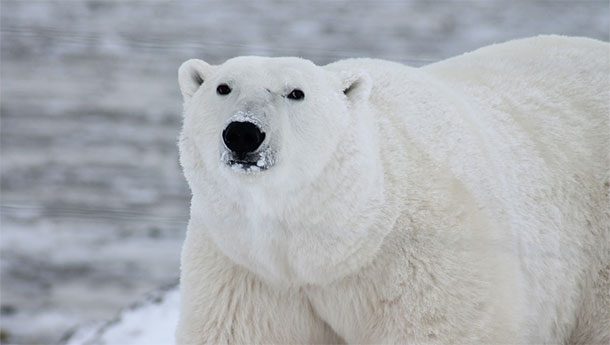
The teddy bear, which seems like a plush, is considered the largest land predator on our planet. A three-meter carcass weighing about a ton will not even blink an eye before it bites a person to death. If you go for a walk without a gun, then the only way to escape from it is to run, and only if you can run better than it.
Savannah elephant
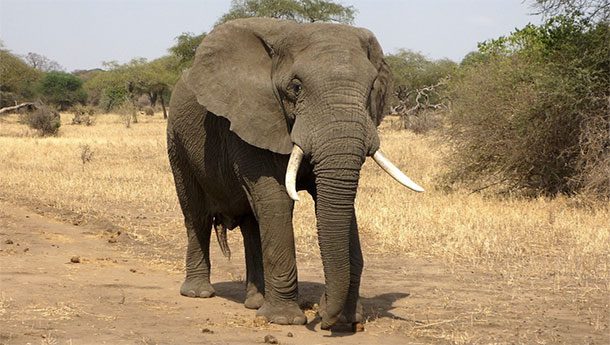
The giant record holder is listed not only in the Red Book, but also in the Guinness Book of Records as the largest land mammal. It can easily trample all the limbs of its enemies. It can fight back against all offenders, except for humans. Weighing up to 10 tons, it is second only to humans, who use their strength with impunity.
Blue whale
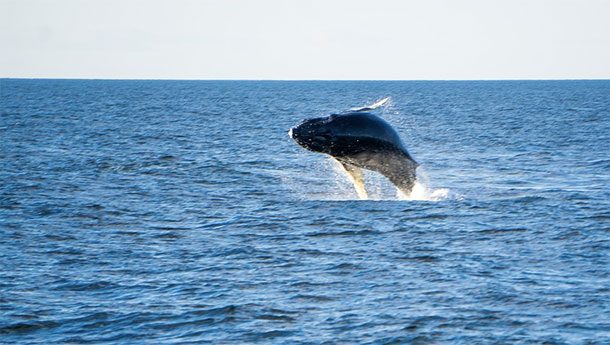
Except for the giants of myth and legend, the blue whale is the largest in the history of our planet. Just think that 150 tons of live weight can feed only on small fish and plankton.
It's good that majestic nature has preserved these beautiful record-breakers in limited quantities. Otherwise, the planet would have left its orbit, and people would have gone crazy with such a neighborhood. But man and technical progress are still to blame for the disappearance of many unique ones.











